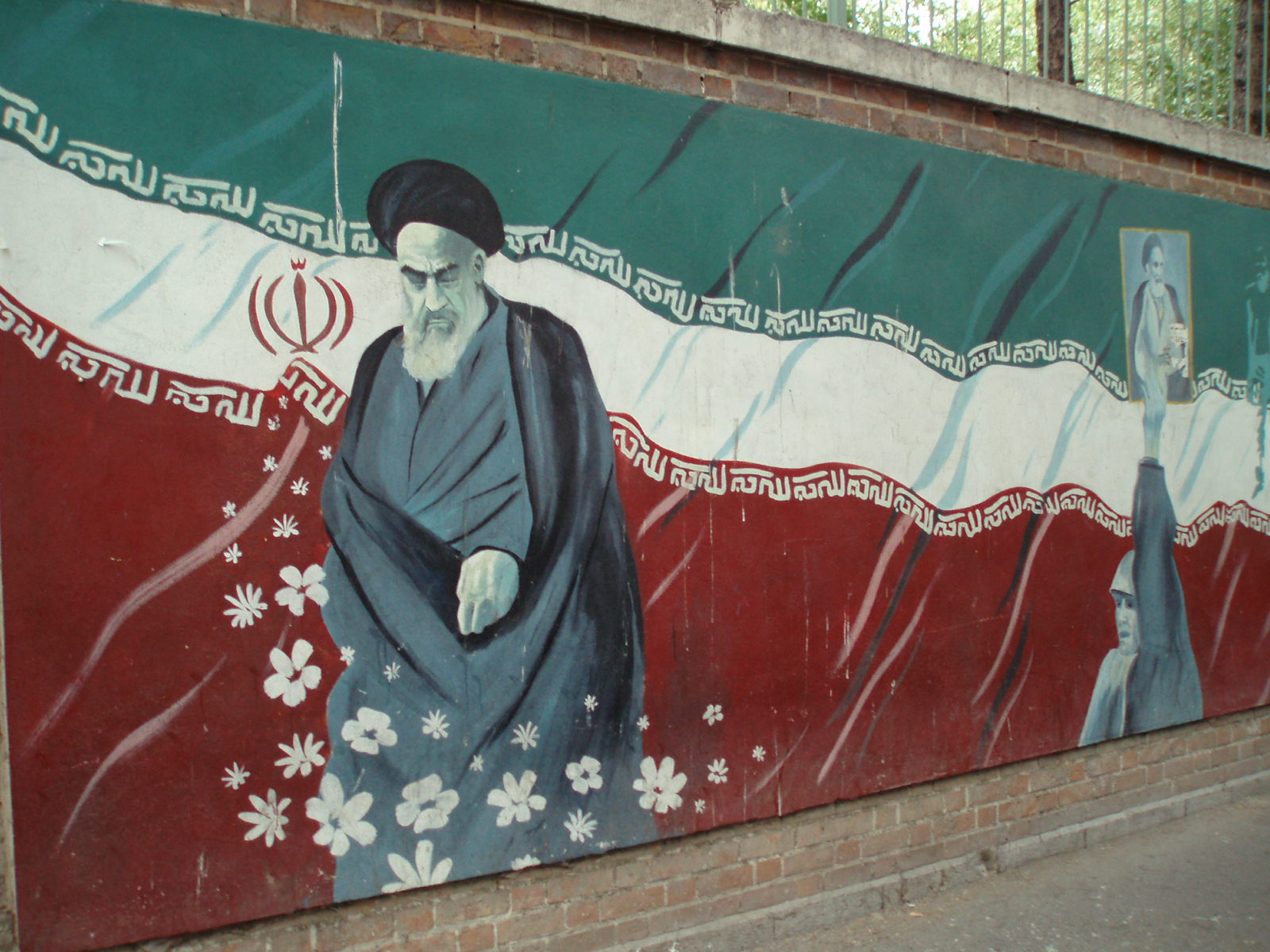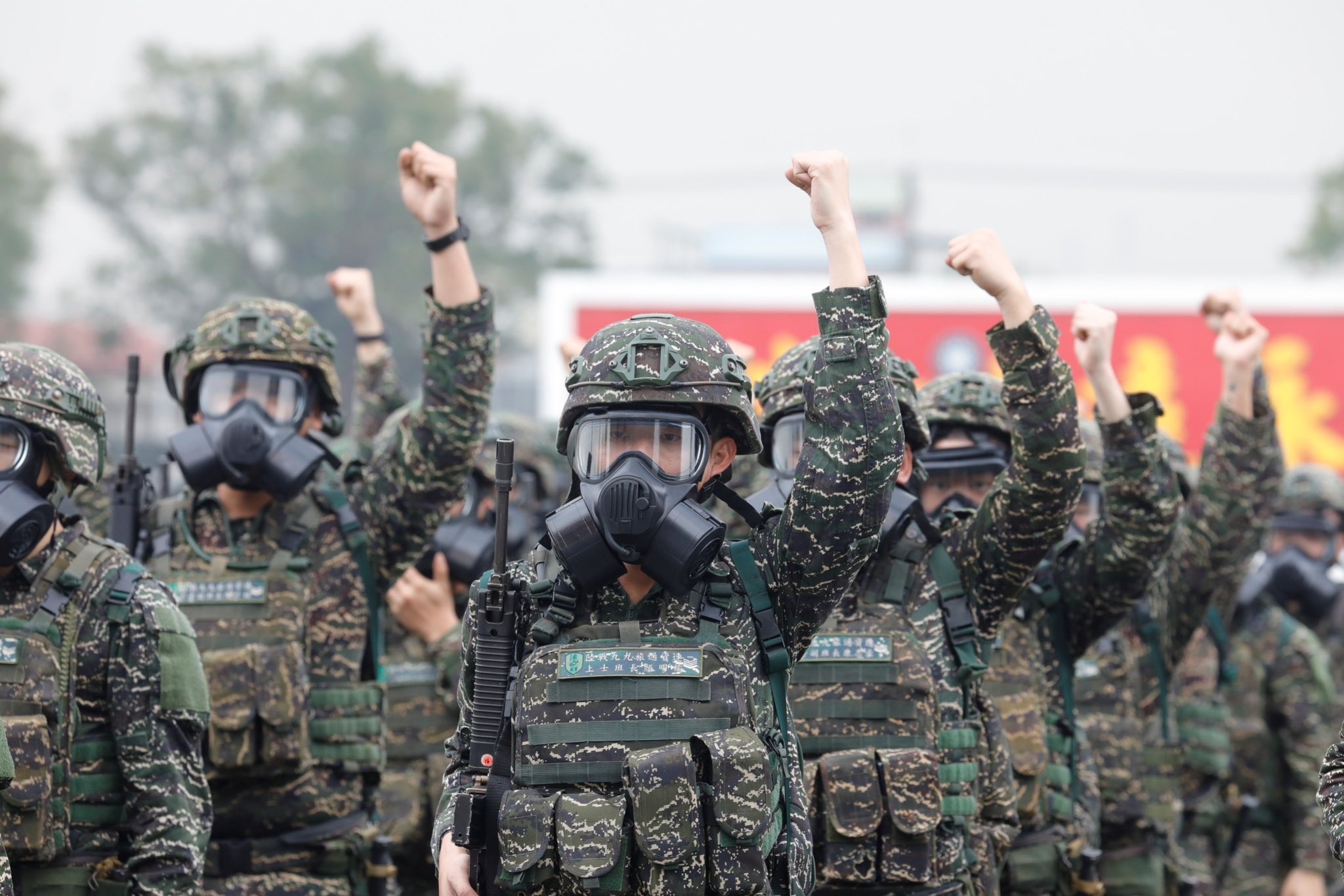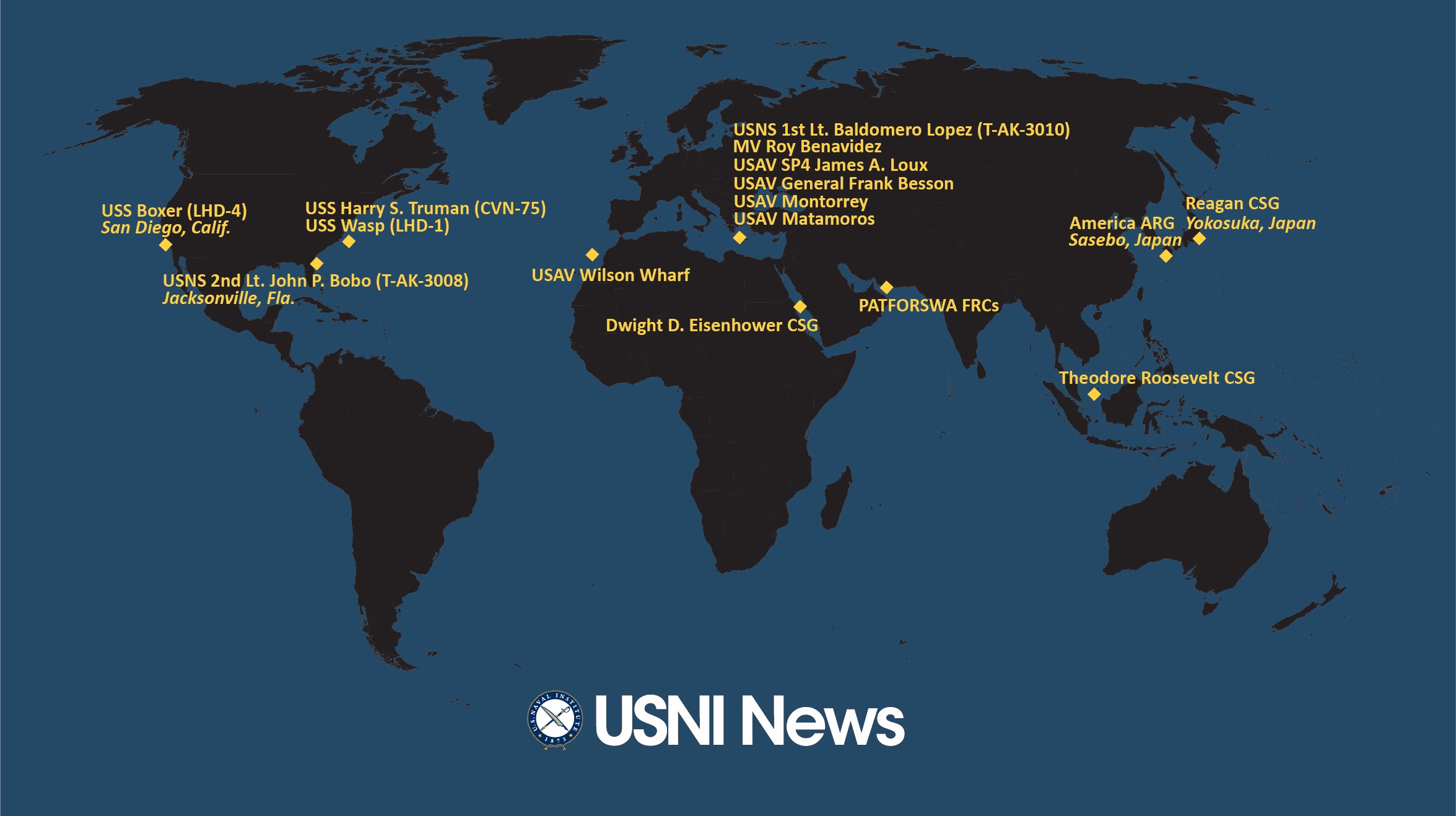The following is the Oct. 22, 2019 Congressional Research Service report, Iran: Internal Politics and U.S. Policy and Options.
From the report
U.S.-Iran relations have been adversarial—to varying degrees of intensity—since the 1979 Islamic Revolution in Iran. U.S. officials have consistently identified Iran’s support for militant Middle East groups as a significant threat to U.S. interests and allies, and Iran’s nuclear program took precedence in U.S. policy after 2002 as that program advanced.
In 2010, the Obama Administration led a campaign of broad international economic pressure on Iran to persuade it to agree to strict limits on the program—an effort that contributed to Iran’s acceptance of the July 2015 multilateral nuclear agreement known as the Joint Comprehensive Plan of Action (JCPOA). That agreement exchanged sanctions relief for limits on Iran’s nuclear program, but did not contain binding curbs on Iran’s missile program, its regional interventions, or human rights abuses.
The Trump Administration cited the JCPOA’s deficiencies in its May 8, 2018, announcement that the United States would exit the accord and reimpose all U.S. secondary sanctions. The stated intent of that step, as well as subsequent imposition of additional sanctions on Iran, is to apply “maximum pressure” on Iran to compel it to change its behavior, including negotiating a new JCPOA that takes into account the broad range of U.S. concerns. Iran has responded to the maximum pressure campaign by undertaking actions against commercial shipping in the Persian Gulf and by exceeding some nuclear limits set by the JCPOA.
Before and since the escalation of U.S.-Iran tensions in May 2019, President Trump has indicated a willingness to meet with Iranian leaders without preconditions. Iranian leaders say there will be no direct high level U.S.-Iran meetings until the United States reenters the 2015 JCPOA and lifts U.S. sanctions as provided for in that agreement. Administration statements and reports detail a long litany of objectionable behaviors that Iran must change for there to be any consideration of normalized U.S.-Iran relations.
Some experts assert that the threat posed by Iran stems from the nature and ideology of Iran’s regime, and that the underlying, if unstated, goal of Trump Administration policy is to bring about regime collapse. In the context of escalating U.S.-Iran tensions in 2019, President Trump has specifically denied that this is his Administration’s goal. Any U.S. regime change strategy presumably would take advantage of divisions and fissures within Iran, as well as evident popular unrest resulting from political and economic frustration. However, unrest in recent years has not appeared to threatened the regime’s grip on power.
U.S. pressure has widened leadership differences in Iran. Hassan Rouhani, who seeks to improve Iran’s relations with the West, including the United States, won successive presidential elections in 2013 and 2017, and reformist and moderate candidates won overwhelmingly in concurrent municipal council elections in all the major cities. Hardliners continue to control the state institutions that maintain internal security largely through suppression and by all accounts have been emboldened by U.S. policy to challenge the United States and pursue significant U.S. concessions in order to avoid conflict.
Download the document here.





